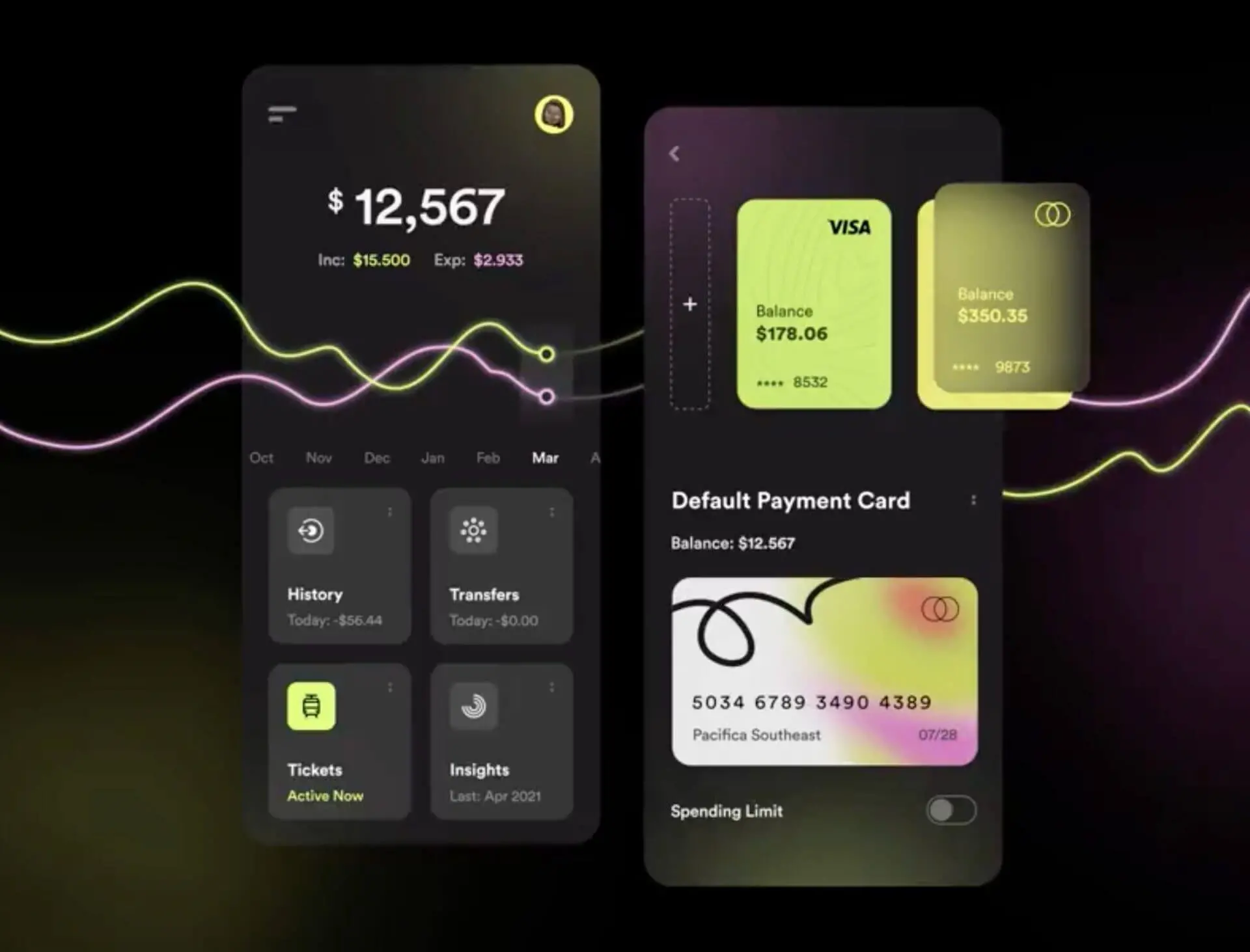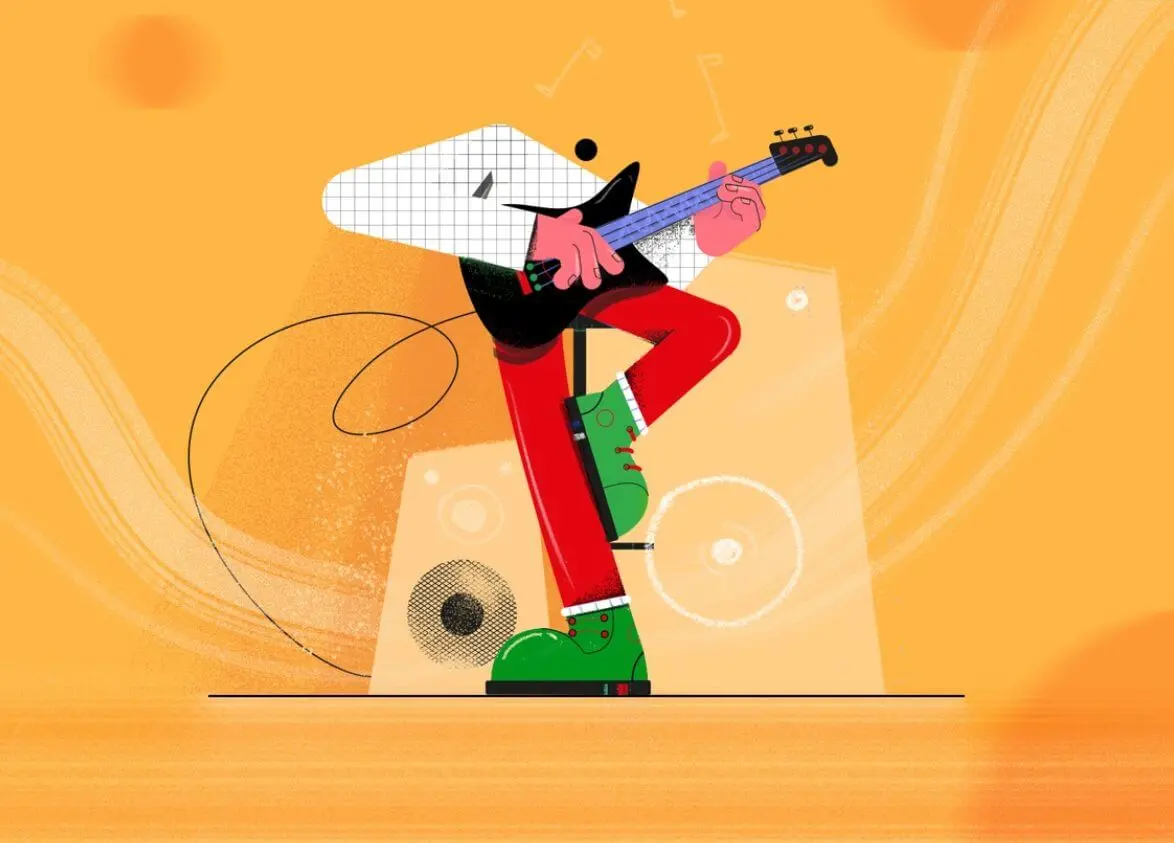Video Post-Production: Everything You Need to Know
What’s post-production meaning? After the video shooting is finished, the visual and audio materials are edited during the post-production phase. All of the video post-production activities involved in cutting raw videos, putting that footage together, adding music, dubbing, and sound effects, etc. are referred to as post-production. Let’s find out about video post-production in a bit of detail.

We’re on Dribbble
Why is Post Production Important?
What is post-production and why you need it? The creation of videos is completed in post-production. After you’ve captured your footage, your movie still needs some finishing touches. Numerous people and groups may be involved in the process, from editors and color graders to sound mixers and voice actors during the post-video production.
The Post-Production process will, of course, vary based on the project scope and the budget of the project as well as the medium you’re working in (television, cinema, or even video games).
Key differences between pre-production, production, and post-production
Editing, color grading, sound design, visual effects, titling and graphics, and delivery are crucial components of post-production workflow. You can make a film that stands out and effectively conveys your message by taking note of each of these factors. Some of them may overlap or coincide in time during pre-production or production but are not typical there as a rule.
Pre-production
Just as pre-production is preparing for a shoot, post-production is preparing for release. The key difference is the period. The final stage of production focuses on editing and adding special effects to transform the raw footage into the finished product, while the initial stages – don’t. Here you shape the story via storyboarding and a shot list. Actors and locations will be selected, equipment and crew will be hired, and the shoot will be just ready to go.
Production
Video production is the umbrella term for the complete video creation process. Whether it is a short film, a full-length feature, a firm marketing video, a television commercial, an explainer video, a music video, or another type of film, the approach may vary slightly based on the circumstances, but it is essentially the same. The making process itself is the production.
Post-production
The footage that was shot during production is edited, improved, colored, and structured during post-production. What’s at stake: sound recording, script sound recording, sound mixing & editing, soundtrack & music, editing, color grading & correction, visual effects & animation are all done in video post-production workflow.
The 5 stages of video post-production
According to Adobe professionals, the creation of videos is completed in post-production. Although post-production is a very involved process involving numerous people, it may be divided into five separate stages. After you’ve captured your footage, your movie still needs some finishing touches. Numerous people and groups may be involved in the process, from editors and color specialists, motion designers, sound mixers and voice actors to extra people. What are the major steps of making a video? – There are five of them.
Logging footage
Before beginning the editing process, make sure your material is stored and properly labeled because you want to keep it. This could take a few days, depending on how long the movie is and how fast your machine is.
The unsung hero of visual narrative is color. While color grading and correction can occasionally be done after visual effects artists, they can sometimes be done before. It actually depends on what each department is required to provide. Sometimes coloring is done by a visual effects artist during post production in animation.
Assembling it
The editing post-production process has just started. All the film is collected, and any unsatisfactory footage—such as outtakes, misheard dialogue, or staff in the background of shots—is erased. For the convenience of access afterward, collect multiple takes from each scene into folders that are named after the scenario. It could take several days to complete this process. The film then starts to take shape as footage from each scene is added to an organized timeline.
Rough cut
The timeline is organized, and a rough edit is created after selecting the best takes for each scene. The movie’s rough cut is put together. Depending on your processing speed and the number of editors participating, this may take a few weeks. The post-production sound team will also work on the film at this point, which will re-record the voice acting for clarity and added sound effects and music.
Fine cut
The movie is polished and made more concise, and the finalized scenes start to take shape. Pay close attention to each individual frame to ensure that the movie flows smoothly and doesn’t contain any glaring errors, such as changing the costumes or the camera angle.
Final cut
All remaining work, such as color grading and correction, motion graphics, and visual effects work done in advance of release, is done during the final edit. Here the project is totally wrapped up and ready for release and further promotion.
Special Effects
It takes a huge team of skilled visual effects artists to create the motion graphics, computer special effects, and a composer to provide the musical score. The next step is to select your best video editing program.
Creating Titles, Credits, and Graphics
First impressions are crucial, but they also offer a chance to convey the project’s tone and atmosphere. Put your best foot forward and put some creative effort into engaging your audience right away.
Even though title sequences are short (usually under two minutes), they can nonetheless contain a wide variety of graphic components. Typography, production design, lighting, color scheme, shot footage, still photos, motion graphics, and more are all included in this.
The way a video’s title is presented on screen is frequently regarded as an artistic endeavor. It is frequently categorized as animated credits, title design, motion graphics, and title sequences. While the credits are being introduced on screen, the title sequence is frequently delivered using animated images and kinetic type. So, animators are needed here.
Preparing for Distribution
Getting ready for distribution, taking out wavy lines, concealed text, revisions, and comments, stopping dates from changing, and fixing spelling and other mistakes all over the texts, etc, can be done here. First impressions are key, as you know. Additionally, the marketing for your project must quickly grab people’s attention. People are considerably picky about what they watch, especially given how much content is available.
A lot of computer storage is required to save raw video footage, especially if it is high resolution. Make sure you have adequate room to keep the footage before anything else. The next step is to choose an editing format.
The formats required for a video’s final distribution, such as MPEG, are not the same files used for editing a movie. This is due to the fact that you’ll need to have access to the raw video footage for editing, which is going to be made up of hundreds of separate individual files from your on-location shot. You can master your completed film and compress it later on to provide a reduced file size for export, etc.
Discover more on the video formats here and the post-production definition.
Who is involved in post-production?
What is video post production and who’s involved? The final stages of a movie’s production might involve hundreds of artists and animators, and it can sometimes take months to complete the motion graphics or polish the score. Other jobs include those of trailer editors, who put together a movie’s promotional trailer, and credit artists, who design the credits that list all of the people who worked on the production. These are only a few of the talented individuals who frequently work in post-production and participate in the final post production editing stage .
Editors
An editor or editors must combine the film footage to create the final output. They compile the footage from the location shoot’s reels into a final film. To guarantee that the story makes sense and that the final edit reflects the director’s vision, they frequently collaborate closely with the director and strictly follow the storyboards and screenplay prepared during pre-production.
Although your cinematographer could have some recommendations, make sure you are already aware of an editor’s body of work before hiring them.
The editing procedure can now start. Here is a brief summary of some editing methods an editor might employ.
Sound Editors
In a soundproof room, actors re-record their lines while a group of experts known as foley artists produce the sound effects. To produce sound effects and rerecord actors’ lines, a Foley artist will collaborate closely with Automated Dialogue Replacement (ADR) supervisors and dialogue editors. In a movie’s finished product, sound captured on site could be more useful.
The person who writes the music for a movie is known as the music editor or composer. Either they will use songs by well-known recording artists or a band of musicians will compose the music from scratch. The resources they have access to allow them to capture everything from footfall and the rustle of clothing to automobile engines and gunshots. A movie’s final edit often includes sound recorded after the fact.
Sound Mixers
Typically, a sound mixer is a team player. By ensuring sure the actors’ lines are louder than other sounds in the scene, it is their responsibility to ensure that the performers can be heard clearly. They make sure that every sound in the movie—from the music and dialogue to the sounds of an object and the wind—is mixed properly for volume and the way the movie is edited. For instance, it would be strange if a car passing by in the same scene was considerably louder than someone walking on a pavement, etc.
Because a lot of labor is involved, employ the best sound editors. They put together the audio tracks for your movie, edit the dialogue, take out background noise, and even add sound effects to make the movie better. Who to hire will depend on the project’s unique sound requirements.
Visual effects artists
These are the group responsible for the computer-generated visuals and effects in the movie. These effects also go beyond the most recent Hollywood film’s monsters, aliens, and blockbuster components. After green screen filming, visual effects may involve slightly changing or creating new backdrops. However, special effects—which typically involve things like monster makeup, explosions, and stunt work—are distinct from visual effects.
Motion designers
If you need to add extra motion or animation to your video final cut, then these specialists enter the game. The lone profession in the post-production family is motion graphics design, and the majority of the work that they produce happens after the video has been filmed or recorded during post-production editing video. They also do the special effects, color grading, graphics, sound design, and editing.
Conclusion
What does post-production mean, and other post-production video details are now clear. A key component of the post-production process is having faith in people to perform their duties competently. Post workflow is highly collaborative and involves a wide range of individuals.
To create the finished product that is ready for release, post-production is a complex, multi-step process that involves numerous teams working together. All of these stages might not be necessary for your project. Some steps may be rearranged based on your time, financial, or other demands. If you know these fundamentals, this time-consuming and possibly exhausting stage of filmmaking will be much easier to handle.
Feel free to learn post-production definition with our video post-production company, what goes into each step of the process, and apply for video post-production services if you need to create a professional animated explainer video or something different for your company brand without much time for gathering teams and starting a shooting process.


